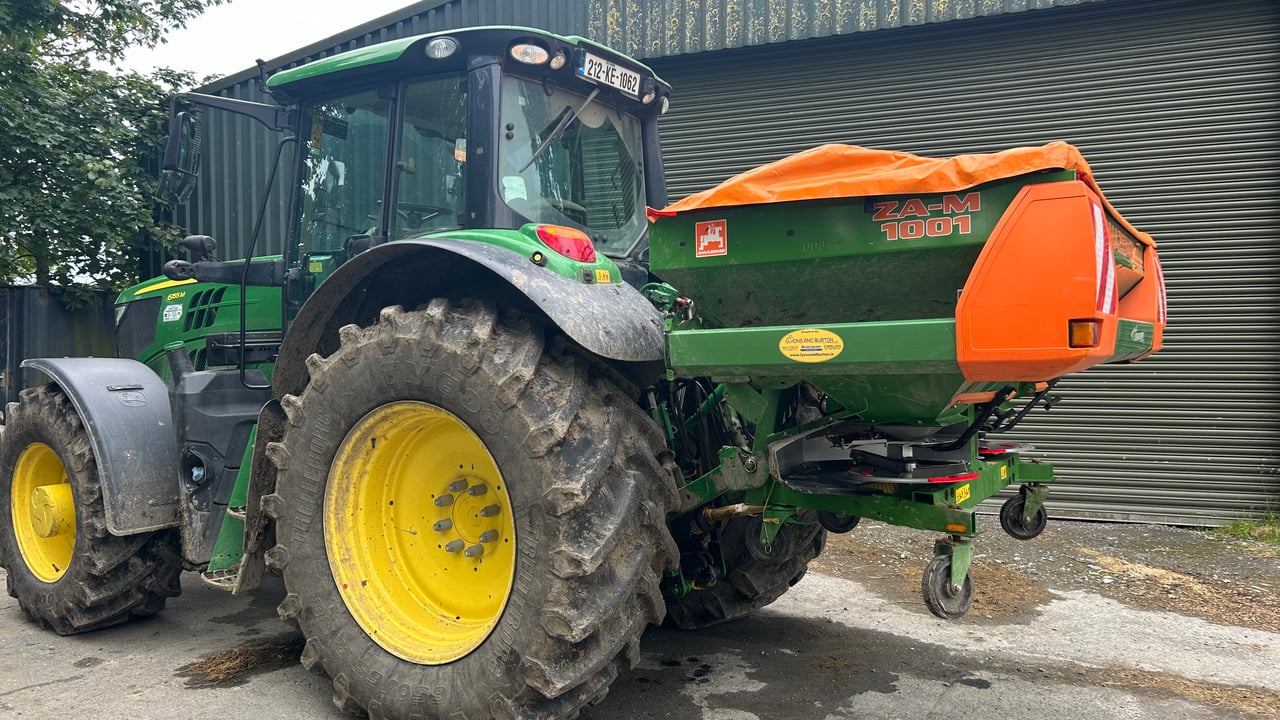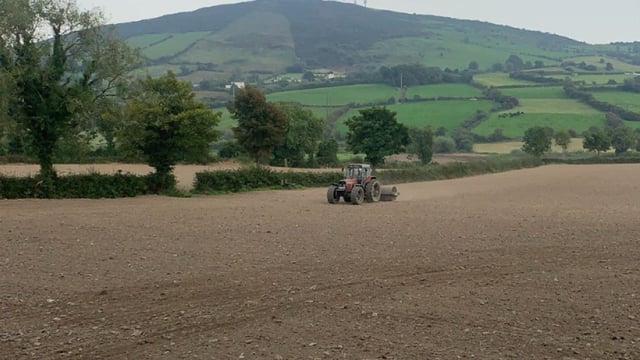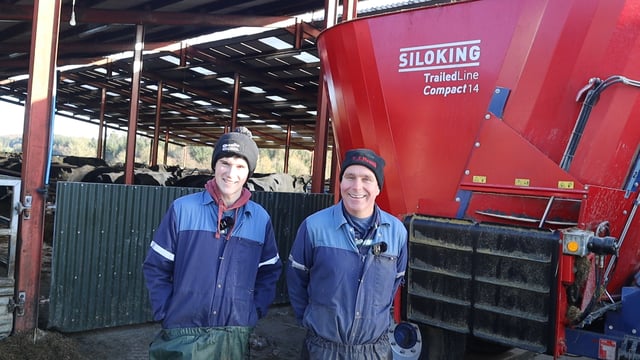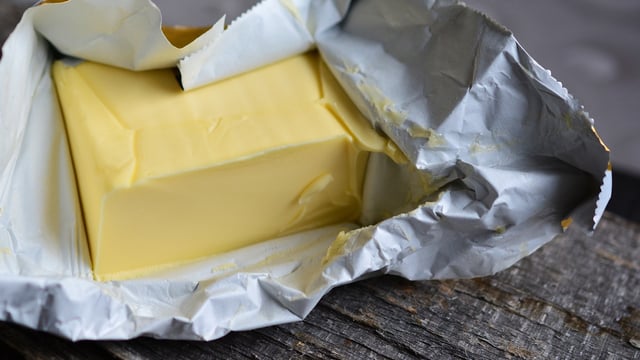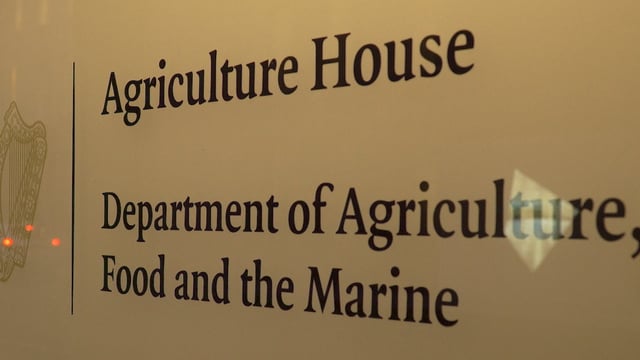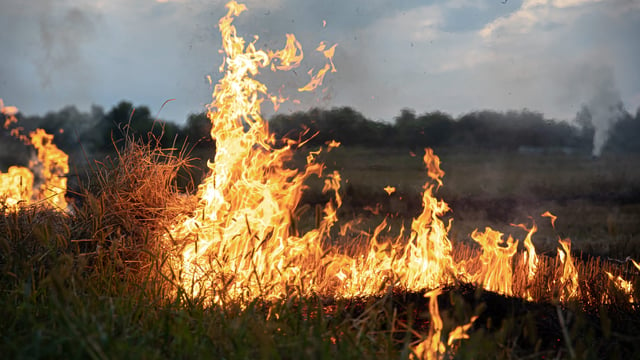Time to get cracking on grass silage fertiliser application
Many farmers have had the opportunity to get out slurry on silage ground with good conditions this spring, and now it is time to follow up with fertiliser application.
Soil temperatures have improved over recent days, with a 9℃ average across the country offering great conditions for spreading fertiliser.
If farmers are aiming for a middle of May cut, fertiliser should be got out in the coming days to avoid any delays in cutting and losing quality.
In terms of nitrogen (N), grass silage will take up on average 2.5kg/ha/day of N (2 units/day), which means N should be applied at least 50 days before cutting to ensure full crop N utilisation.
The target should be to cut silage with a dry matter digestibility (DMD) of 72%.
In order for this target to be achieved, silage should be cut in the middle of May before the grass begins to get stemmy and lose quality.
Fertiliser application
A fodder budget should be completed first to see how much silage, roughly, will be needed on the farm this coming winter.
This should take into account cow numbers, replacement heifers, and no-replacement animals.
In previous years, winters have lasted up to seven months, so farmers need to take this into account and give themselves a 10-15% of additional supply for what their normal housing period is.
You ideally want around 50% of the total silage harvested to be high quality or milking cow feed, and the remaining 50% to be dry cow feed.
What nutrients does a crop of first-cut silage require?
- 100kg N/ha or 80 units/ac;
- 20kg phosphorous (P)/ha or 16 units/ac;
- 125kg/ha or 100 units/ac of potassium (K), to total 90kg prior to cutting and 35kg after silage has been cut;
- 20kg of sulphur (S)/ha or 16 units/ac.
These rates are based on soil P and K indexes of three, as P requirements double to 40kg/ha or 32 units/ac if in index one and K requirements go up to 175kg/ha or 140 units/ac if index one.
3,000 gallons/ac of good quality cattle slurry of 6% dry matter (DM) will supply sufficient P and K levels and about 30kg of the N requirements to grow a crop of grass silage, but a hydrometer should be used to see if the slurry is of a good DM.
Taking soil indexes into account and whether or not slurry has been spread on silage ground, the following fertiliser application rates should be applied:
| Soil index | N | P | K | No slurry | Cattle slurry | No P allowance |
|---|---|---|---|---|---|---|
| 1 | 100 (80) | 40 (32) | 175 (140) | 2 bags/ac Pro. Urea+S 2+ bags/ac 0-7-30 | 1.5 bags/ac Pro. Urea+S (38-0-0+S) | 4 bags 19-0-15+S |
| 2 | 100 (80) | 30 (24) | 155 (120) | 2 bags/ac Pro. Urea+S 2+ bags/ac 0-7-30 | 1.5 bags/ac Pro. Urea+S (38-0-0+S) | 4 bags 19-0-15+S |
| 3 | 100 (80) | 20 (16) | 125 (100) | 2 bags/ac Pro. Urea+S 2+ bags/ac 0-7-30 | 1.5 bags/ac Pro. Urea+S (38-0-0+S) | 4 bags 19-0-15+S |
| 4 | 100 (80) | 0 | 0 | 2 bags/ac Pro. Urea+S | 1.5 bags/ac Pro. Urea+S (38-0-0+S) | 4 bags 19-0-15+S |
Getting your fertiliser out as soon as possible is essential, as cutting in mid-May will not only ensure quality silage but will also prevent subsequent cutting dates being delayed.
Farmers often aim for a bulky first cut by delaying their cutting date, but they should be looking at increasing their annual yield rather than one cut.
By delaying your first cut, you will be affecting the subsequent yield from a second cut crop and also diminishing the chances of getting in a third cut of silage.
So, an earlier cutting date will not only produce better quality silage but will also help build a bigger bank of silage for next winter.

